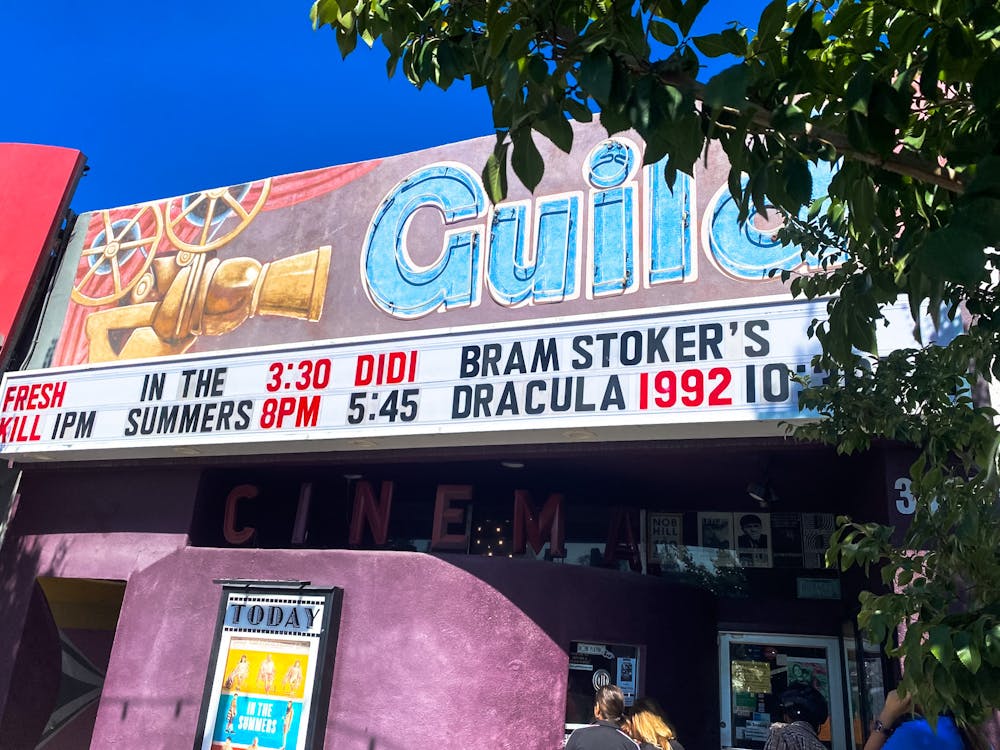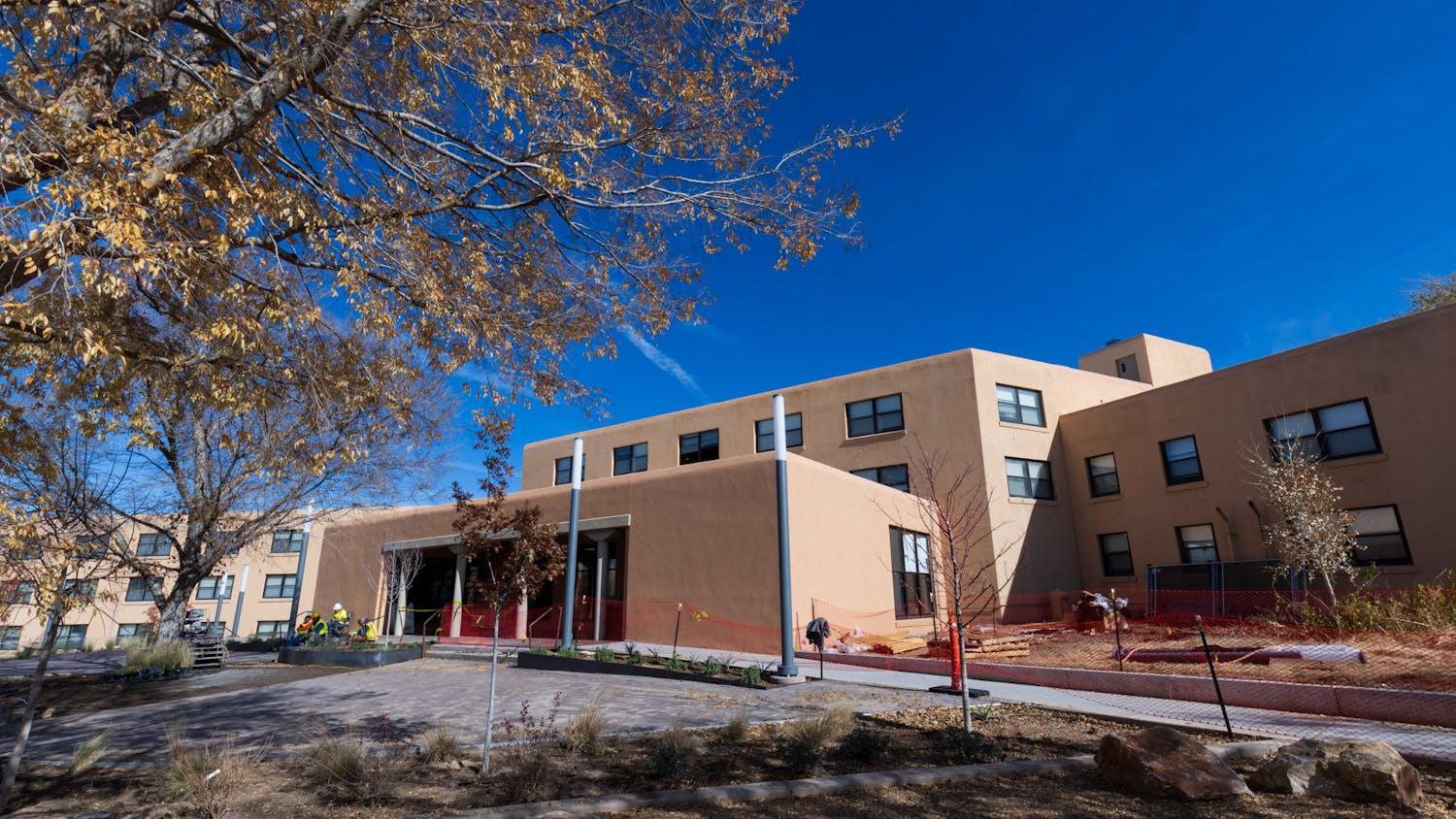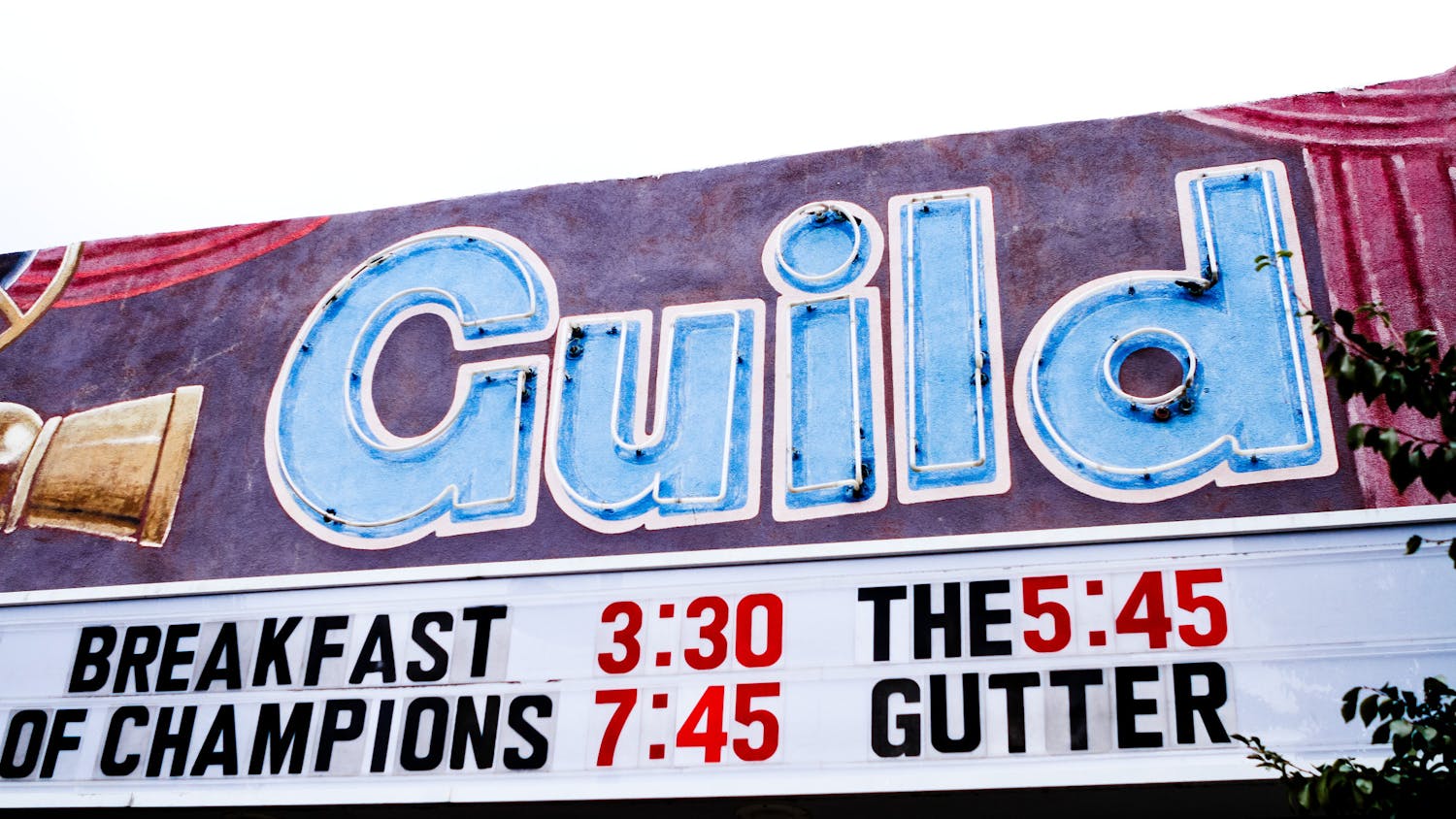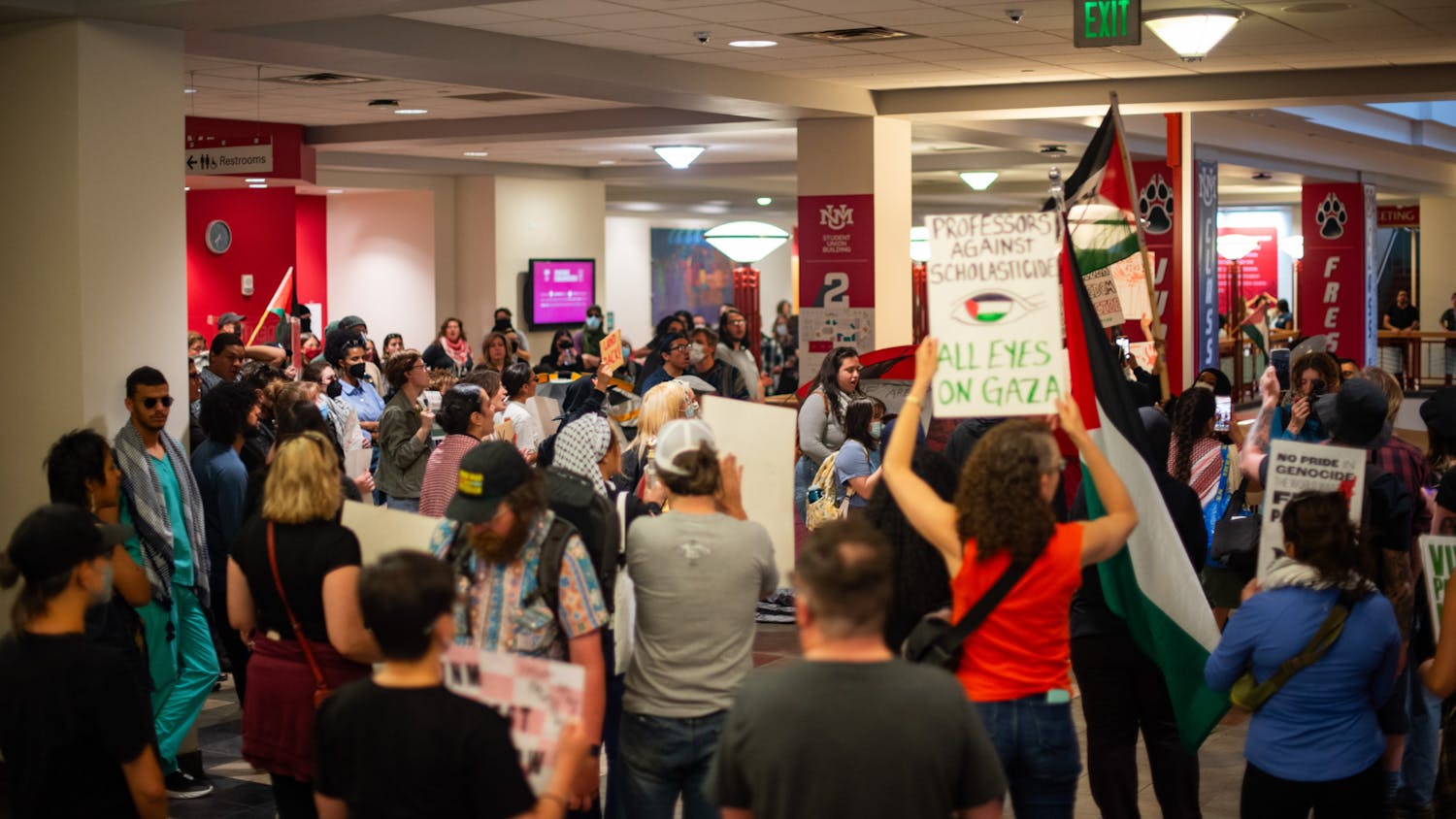On Oct. 5, Albuquerque’s Guild Cinema showed a restored 35 mm print of the 1994 film “Fresh Kill.” The screening was a part of a cross-country presentation, according to NPR. At each stop, the film was introduced by its director, Shu Lea Cheang.
“Fresh Kill” depicts a group of misfits living in New York City who stumble onto a global conspiracy involving nuclear waste, glowing green fish, lethal cat food and a mysterious corporation with ominous TV commercials.
The film is named after the Fresh Kills Landfill, which covered parts of Staten Island from 1948 until it was shut down in 2001, making it the world’s largest landfill at the time, according to the New York Times.
A fundamentally anti-capitalist work, “Fresh Kill” shows that pollution and climate change directly affect marginalized communities. The film reflects the diversity of New York City in the 1990s. Most of the characters are people of color, who come together to fight against injustice at the grassroots level.
While “Fresh Kill” shows the effects that the titular landfill had on the community at the heart of the film, Cheang reminds the viewer that the evils of capitalism have ramifications across the globe.
In an interview with Spike, Cheang mentioned that while she was growing up in Taiwan, the Taiwanese government regularly dumped nuclear waste onto Orchid Island, the Indigenous homeland of the Tao people. A nuclear waste storage facility was built there in 1982 and has been met with fervent opposition ever since, according to the Taipei Times.
The film routinely cuts to Orchid Island, with shots featuring pollution washing up on the beach and the reactions of the island’s Indigenous people. By including scenes of people whose existences are threatened by environmental racism, Cheang places the film in a global context, reinforcing the idea that oppression affects everyone — but solidarity can, too.
The characters in “Fresh Kill” include Shareen, who is South Asian; her partner Claire, who is white; their daughter Honey, who is Black; Shareen’s father, who is Native American; Claire’s mother, who is also Black; her brother Jiannbin, who is East Asian; and his boyfriend Miguel, who is Latino.
Honey disappears after eating the radioactive fish, and the community comes together to help find her. The media subsequently brand the couple as unfit mothers, which is especially timely in an era when Queer people are increasingly demonized by people in power.
After the film, Cheang participated in a Q&A session with the audience. She spoke about how the advent of portable video technology was crucial in making the film. After its invention, everybody could start documenting any political movements, while there had previously been a gap between mainstream media and activists, she said.
When asked about how the film messes with audiences’ notions of race, Cheang said that in the 1980s, Hollywood started to do “non-traditional casting” — meaning it could start to cast non-white people to play certain roles.
According to Cheang, the film’s indifference to Western ideas of race intentionally screws up Hollywood’s half-hearted attempts at having racially diverse casts.
Get content from The Daily Lobo delivered to your inbox
“This is non-traditional casting,” Cheang said.
Cheang said that the restoration process for “Fresh Kill” took six years. The film’s original negative was used to make both a 4K digital print and a new 35 mm print.
The new 35 mm print of “Fresh Kill” is absolutely breathtaking. The film’s rich, ethereal color palette and set design shine. Cheang’s dynamic, industrial soundscapes are loud and expansive, immersing the viewer in her dystopian hellscape of late-stage capitalism.
Accompanying Cheang on her cross-country trip are two young filmmakers, Jean-Paul Jones and Jazz Franklin, who are making a documentary about how “Fresh Kill” resonates with audiences in 2024.
Jones spoke about what it’s been like to see different Queer communities across America come out to see the film. He said that he’s noticed that audiences tend to be predominantly lesbians and transgender men, but that they’ve been lacking in cultural diversity.
Thirty years later, “Fresh Kill” stands as one of the most radical American films of all time, shattering boundaries of what gets to be shown on movie screens. It’s critical that Cheang’s film is reaching new audiences at a time when it’s more topical than ever.
Elijah Ritch is a freelance reporter for the Daily Lobo. They can be reached at culture@dailylobo.com or on X @dailylobo






